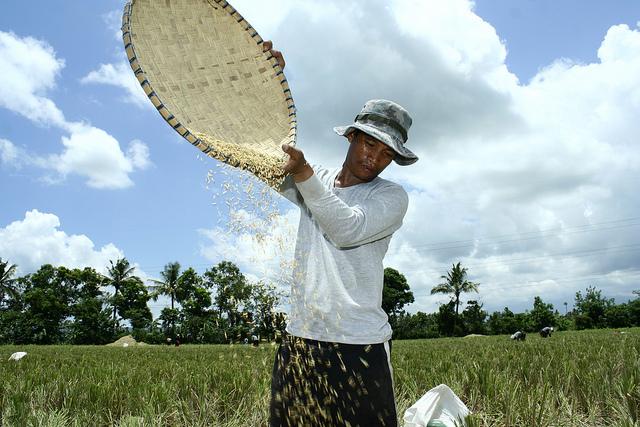Six Myths of Farmer Finance
You are here

Albert Einstein once remarked "if I were given one hour to save the planet, I would spend 59 minutes defining the problem and one minute resolving it." Good advice, but unfortunately all too often forgotten. The British post office (Royal Mail) at one point tried to improve its next-day delivery rate from 98 to 99%, in an attempt to improve customer perception of its services. The effort nearly broke the organization, while it would have taken much less effort and resources to simply tell the UK public about the post office's current performance -- surveys showed people thought it was somewhere between 50 and 60%.
Whether in firm-specific innovation projects or in tackling global developmental questions, understanding the current problem and checking assumptions is a key starting point. This article presents contradicting evidence to a number of assumptions often made in the area of smallholder (or farmer) finance'. It is not meant as academic research or a desk study -- it combines a few data sources from around the world with my own observations in Indonesia and elsewhere. I would not want to replace one set of assumptions with others, but hope to stimulate some fact-checking on assumptions made in designing development projects or commercial credit products. To provide some structure, myths have been grouped into two areas: supply and demand.
Read full paper (PDF):
[[{"fid":"827","view_mode":"default","fields":{"format":"default"},"type":"media","attributes":{"class":"file media-element file-default"}}]]
